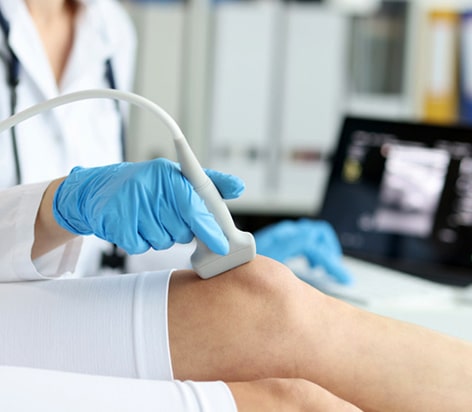
Orthobiologics are a novel addition to the treatment options for healing and reversing several bone defects and promoting recovery from ligament and tendon injuries. The orthobiologic procedures involve the constituents made by the patient's body. There are certain growth factors and proteins present in the blood that initiate and sustain repairing processes. When such chemicals are delivered in higher concentrations at the affected area, they accelerate the healing process.